Stewardship and Resilience: Preserving the Blackfeet Nation's Land and Culture
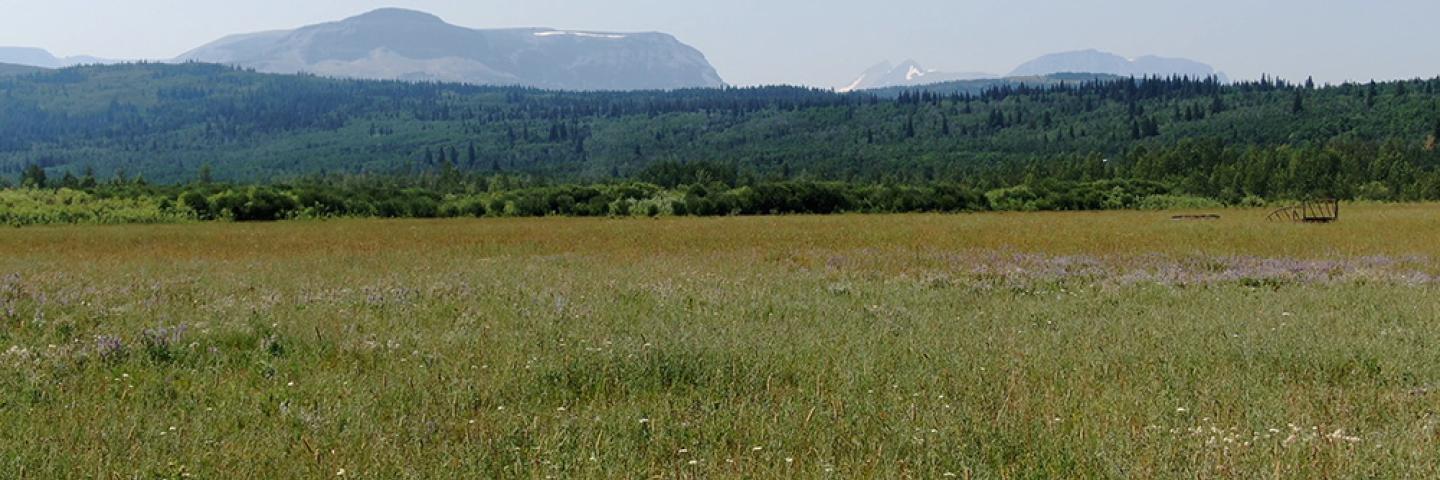
Range and pasture productivity and invasive species are concerns across Montana. NRCS assistance helps many private landowners to implement infrastructure and management practices to address grazingland health.
With coffee on the kitchen table and Chief Mountain standing tall in the distance, the Vaile Ranch on the Blackfeet Nation is where Gus Vaile conducts his business—both in the surrounding fields and through meticulous documentation. This land is special to him, not just because he is an enrolled member of the tribe, but because it allows him to support his family while improving the land for those to come.
“This is how we keep track of our enhancements. Everything is put into a folder,” Vaile explains as he pulls out organized and labeled folders full of paperwork. “I just feel it’s way easier for our producers and our boss to look at everything—with our bug program and different enhancements.” Vaile refers to these records frequently, emphasizing their importance.
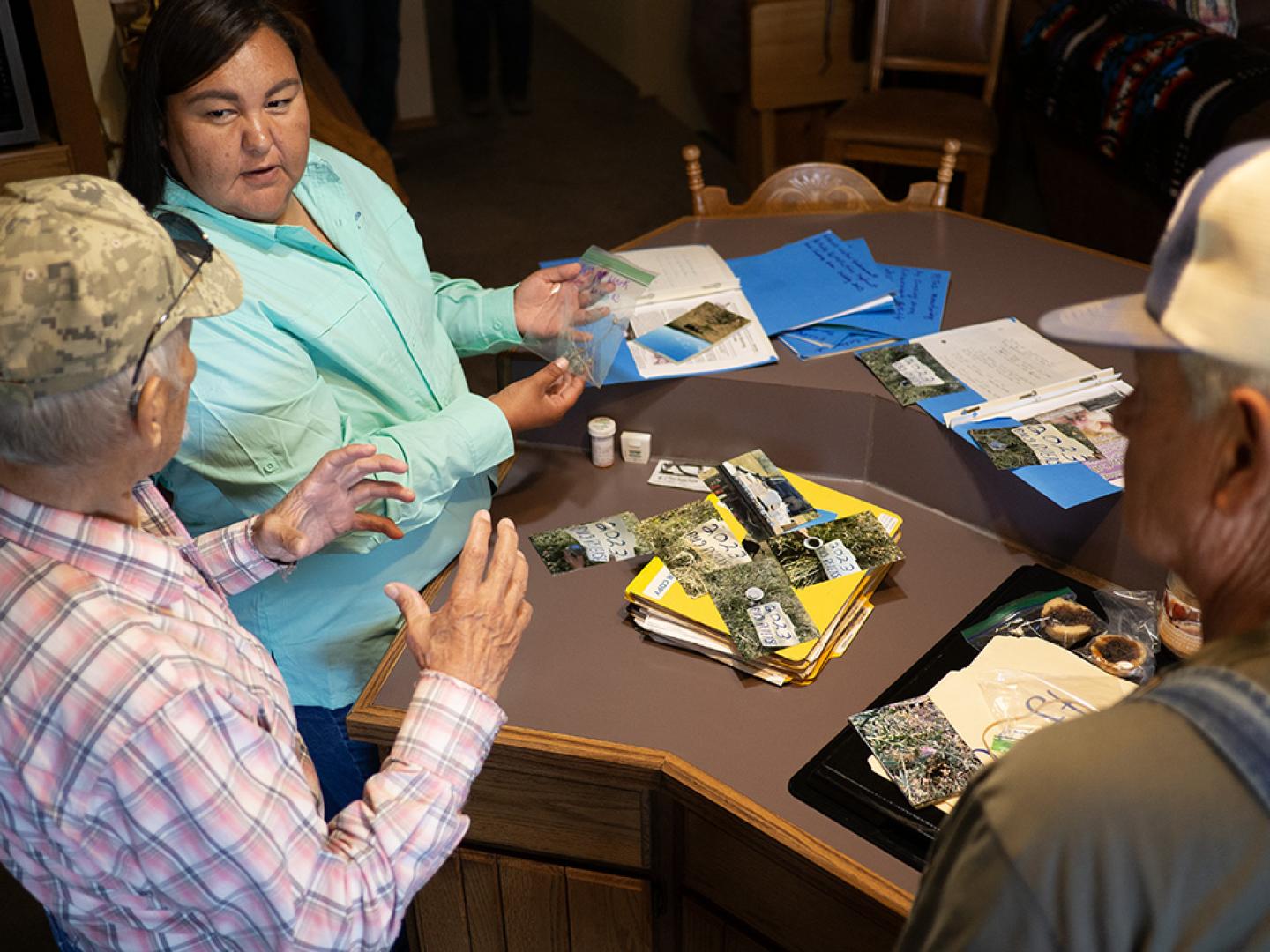
Vaile isn’t on this journey alone. For over 30 years, he has partnered with his friend Lester “Bud” Gray, and together they’ve trusted the USDA Natural Resources Conservation Service (NRCS) to help them implement a variety of practices that have significantly improved their operation. “I’ve already started this year’s process,” Vaile notes. “It’s a process we’ve learned, and it’s really good documentation so nobody’s in the dark on anything. We take a lot of photos. I’ve got records going back 13 years.”
Vaile Ranch: A Family Legacy
Vaile Ranch is deeply rooted in the history of the Blackfeet Reservation. Ranchers and farmers have worked this land since the reservation was established. Today, the area remains a strong ranching and farming community. Vaile, a second-generation rancher, was born and raised on the reservation. He inherited 102 acres from his father and, along with his own 25 acres, works a Tribal lease covering around 13,000 acres with his business partner Gray. Together, they raise Black Angus and Charolais cattle.
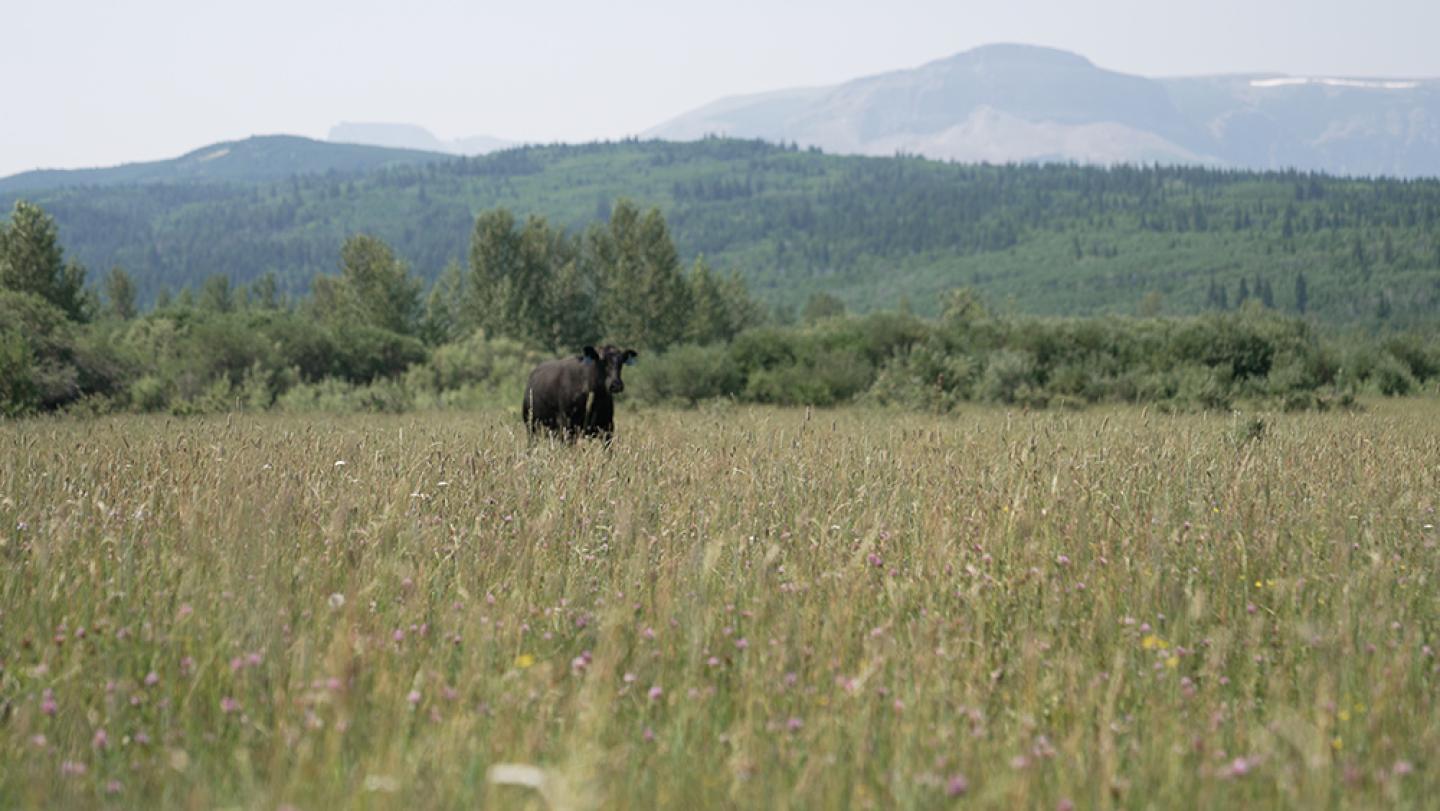
Gray, like Vaile, was born and raised on this land. After retiring, someone advised him to find a hobby he could drop and return to easily. “I wound up with cows,” he says with a laugh. The two have been friends and partners for over three decades, and their bond is as strong as ever. “We seem to get along pretty good so far anyway,” Gray jokes.
“He’s got his ideas I’ve got my ideas, but we seem to be able to mesh in the middle to get the best production for ranching and what we’re doing,” Vaile says, adding, “We’re kind of a family to a point and you become more of a family if you’re in the same situation so far as ranching.”
The NRCS Partnership
Thirteen years ago, Vaile and Gray got involved in the NRCS’s Conservation Stewardship Program (CSP) thanks to Vaile’s father-in-law, who is also a rancher. The CSP helps producers build on existing conservation efforts while strengthening their operations. Vaile credits Anne Stephens, a former NRCS District Conservationist for the Blackfeet Reservation, as the driving force behind their involvement. “She knows how she wants to see it, and she’s got a vision for the next generation to see it too,” he says.
While knapweed was a major concern going into the program, one of the major challenges they faced was overgrazing, “I give the program a lot of credit for what it’s taught us over the last few years,” Vaile says. “It’s allowed us to say, ‘Yeah, we can actually make a profit.’ We’re hoping to pass it to the next generation—what we’ve learned.”
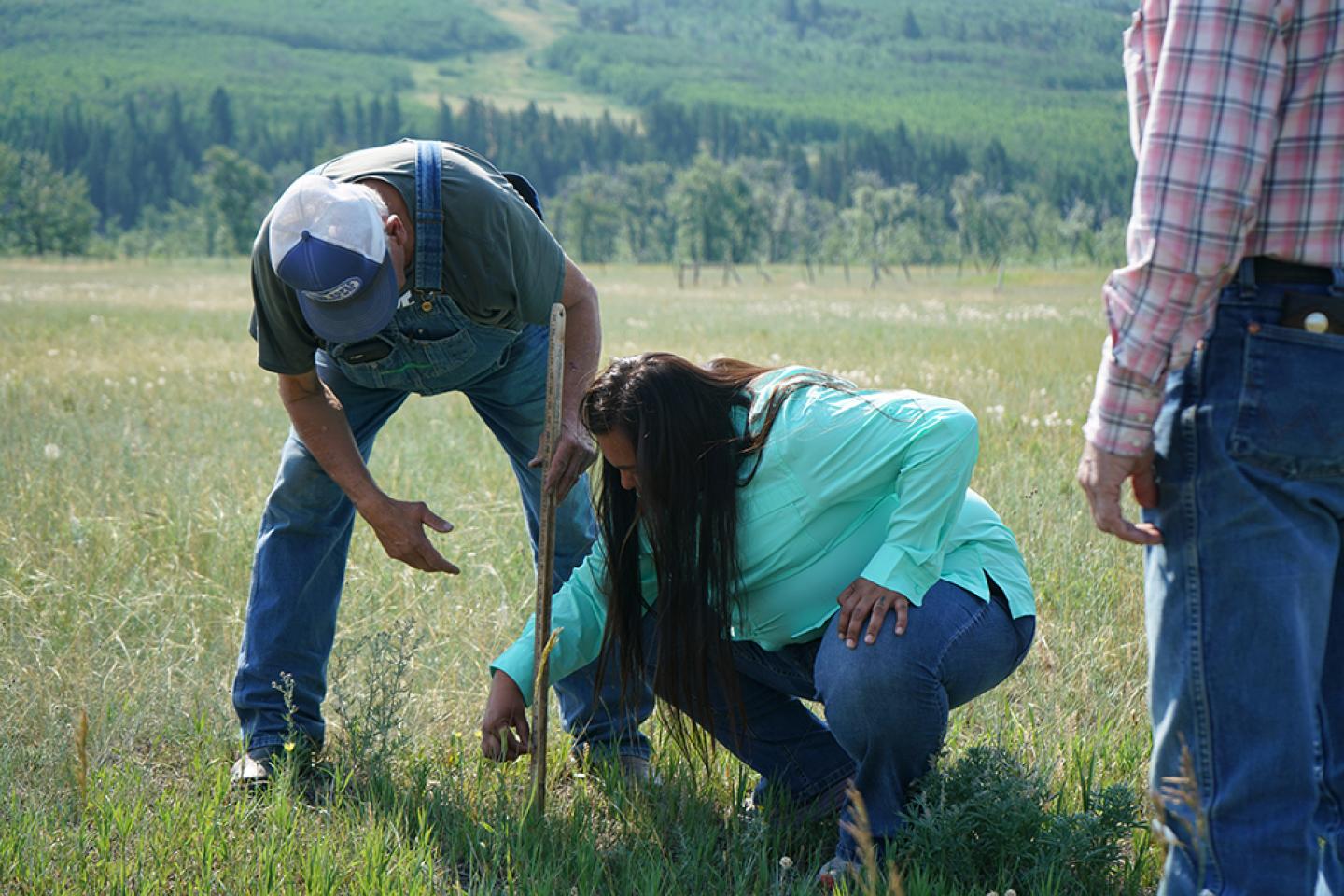
A key element of their success has been the adoption of intensive grazing management. Rotational grazing involves moving cattle frequently between smaller paddocks to allow grasses time to recover and regrow. “Instead of putting 30 pair on, you can only put 20 pair on based on monitoring,” Vaile explains. This method has not only improved the health of their pastures but also increased the sustainability of their cattle operation. By giving the land time to rest and recover, they’ve seen a significant improvement in the quality of their forage and overall soil health, and not to mention the health of their cattle.
Gray also sees the value in working with the NRCS. “I can call them, and they’ll give me the answers. We have a good relationship with the NRCS. I think you can accomplish a lot by working with them. We have, and I’m pretty impressed with what we’ve been doing.”
Implementing Conservation Practices
This operation is a great example of what can be accomplished on tribal lands, according to NRCS American Indian Tribal Liaison Latrice Tatsey, whose Piikani name is Buffalo Stone Woman. She explains the area has been a summering ground for people since ancient times, long before agriculture. It was where buffalo herds would migrate, moving toward the mountains in summer and back down toward Great Falls and Bozeman in the winter.
As the community was moved onto reservations, they had to adapt to agriculture to sustain themselves. Although they have been practicing agriculture for less than 100 years, they are now integrating cultural knowledge with conservation practices, which is helping restore native plants and biodiversity. This stewardship is seen as a cultural responsibility, done not just for the present but for future generations. Tatsey emphasizes that Vaile and Gray’s efforts are part of this natural stewardship, aimed at sustaining the ecosystem for their grandchildren and beyond.
“It’s putting that stewardship responsibility back on the producers, but also that cultural responsibility because we are here to take care of the land,” Tatsey says.
Tatsey started working with Vaile and Gray in 2012, shortly after graduating from Montana State University. She recalls their enthusiasm for biological weed control, particularly their interest in using insects to manage invasive knapweed.
She would collect specific species of bugs and bring them to producers in the area, but Vaile and Gray were always eager for more. “It was good to see that vested interest because they were seeing the benefit,” Tatsey says. “They knew that it was something that wouldn’t happen instantly, but it would take time.”
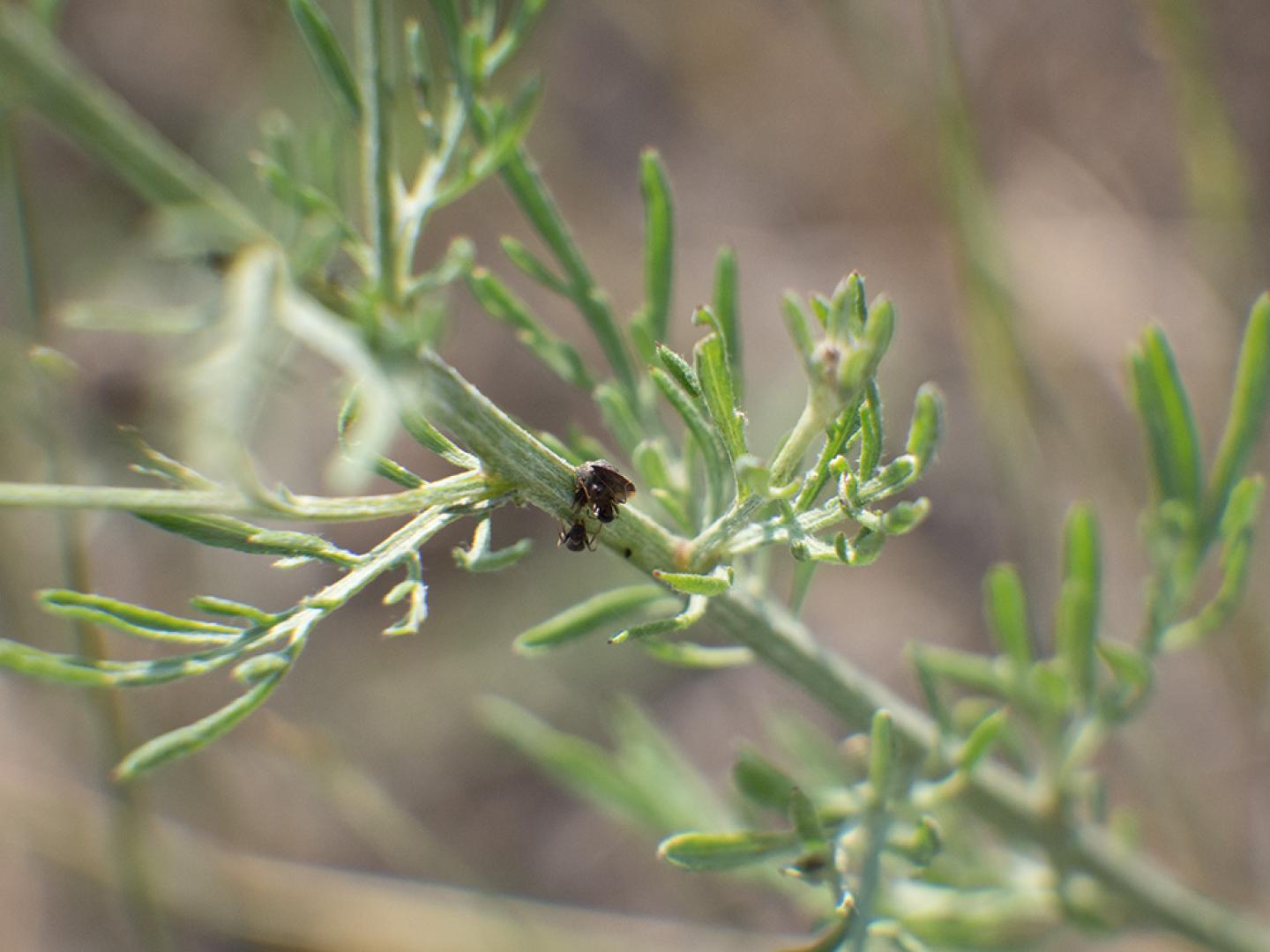
Vaile and Gray have six different species of insects on their land. Some burrow into the seed head or kill the root of the knapweed, while others eat the seeds, preventing them from being spread by the wind. Another species eats the whole stem. The diversity of species is crucial, as “one or two species can’t do all the work,” Vaile says. These bugs can travel up to 15-20 miles, with some even reaching as far as St. Mary’s.
Since working with NRCS—Gus and Bud have seen their native grasses become more productive. “You can see the native grasses have taken the land back over instead of the knapweed,” Vaile says. This enables them to put more pounds on their cattle so when they go to market they make more money.
Staying the Course
Over the years, NRCS has provided Vaile and Gray with both technical and financial assistance. They’ve participated in programs like the Environmental Quality Incentives Program (EQIP) and CSP, as well as the Farm Service Agency’s Conservation Reserve Program (CRP) for grasslands. This involvement has allowed them to improve their operation significantly.
Earlier practices, such as rotational grazing, interior fencing, and water development, were all implemented through EQIP to prepare them for CSP. One of their main goals was to reduce the invasive knapweed, a species that was becoming a serious problem, and bring the grassland back. “Everyone compliments us on what the ground looks like now compared to what it was before,” Gray says.
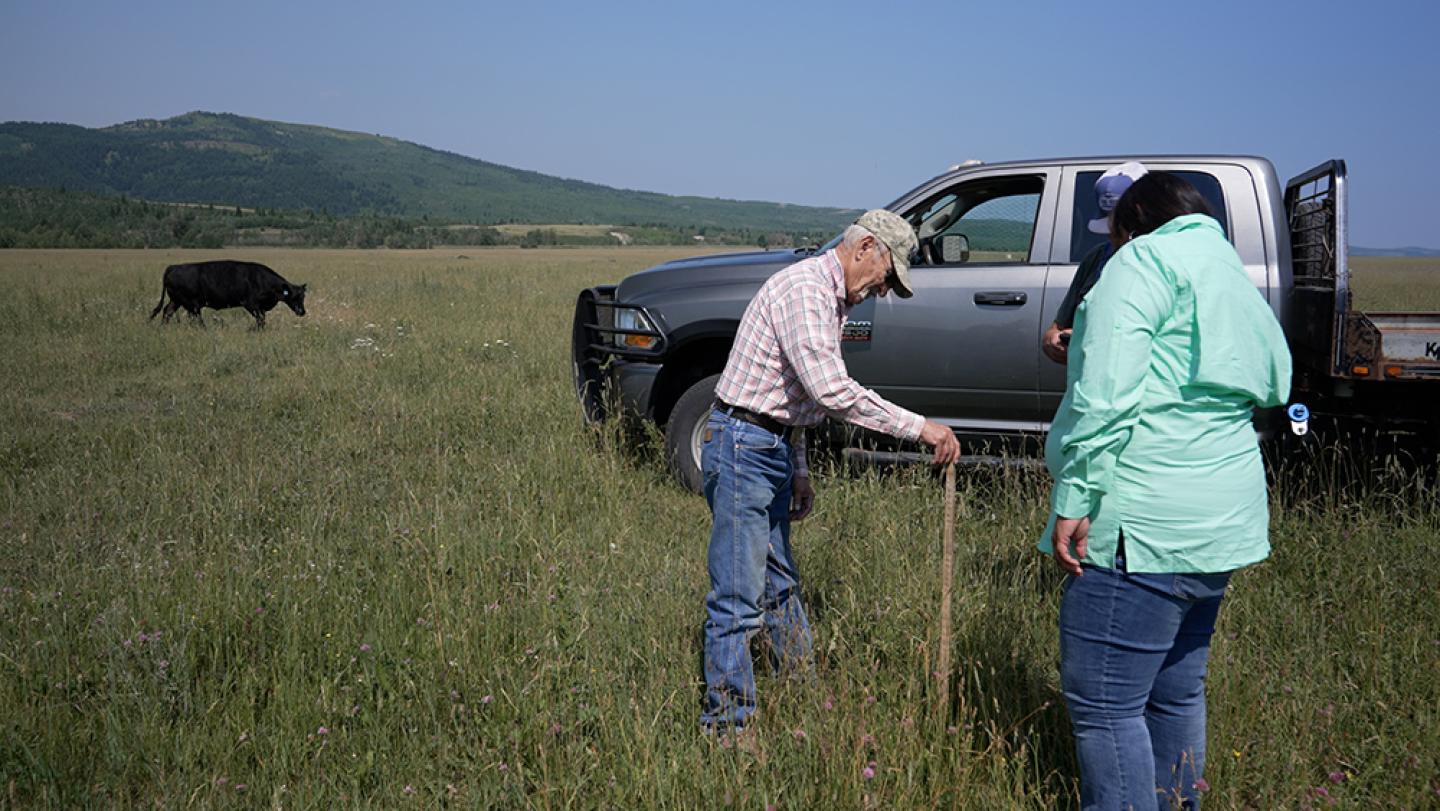
The introduction of these insects through the CSP has played a crucial role in their success. Vaile recalls when their knapweed was 3 to 4 feet high. An expert in the biological weed control program urged them to be patient and let the bugs work. “We wanted overnight success, and it took almost four years to really see the results,” he says.
In addition to using bugs, NRCS also provided technical assistance when Gray was training their cattle to eat knapweed. According to the rancher, older cows have taught younger generations to eat it as well. “I’ve seen it proven through the years. Everyone says they won’t eat knapweed. I’ve said, ‘Yes they do, I’ve seen it.’”
Looking to the Future
Through 13 years of conservation and ranching, Vaile and Gray have learned the importance of perseverance. “The thing is to never quit. Because then our knowledge passes down to the next generation or maybe a producer who is struggling,” Vaile says.
Vaile admits that the early years were challenging, with significant growing pains as they adapted to the program. But with the support of NRCS, they persevered. “It was a struggle the first two or three years. Is it even worth it? Then you get the subsidies,” Vaile recalls. “Yeah, it’s worth it. And then once you see what we’ve done to enhance our land back to where it’s producing—it’s been great.”
As a result of their efforts, financially, Vaile and Gray have been able to invest back into their program. This enables them to make more money down the road with more pounds on their cattle and more grass to use, especially with the biological weed control (aka bugs) they’ve implemented through the CSP.
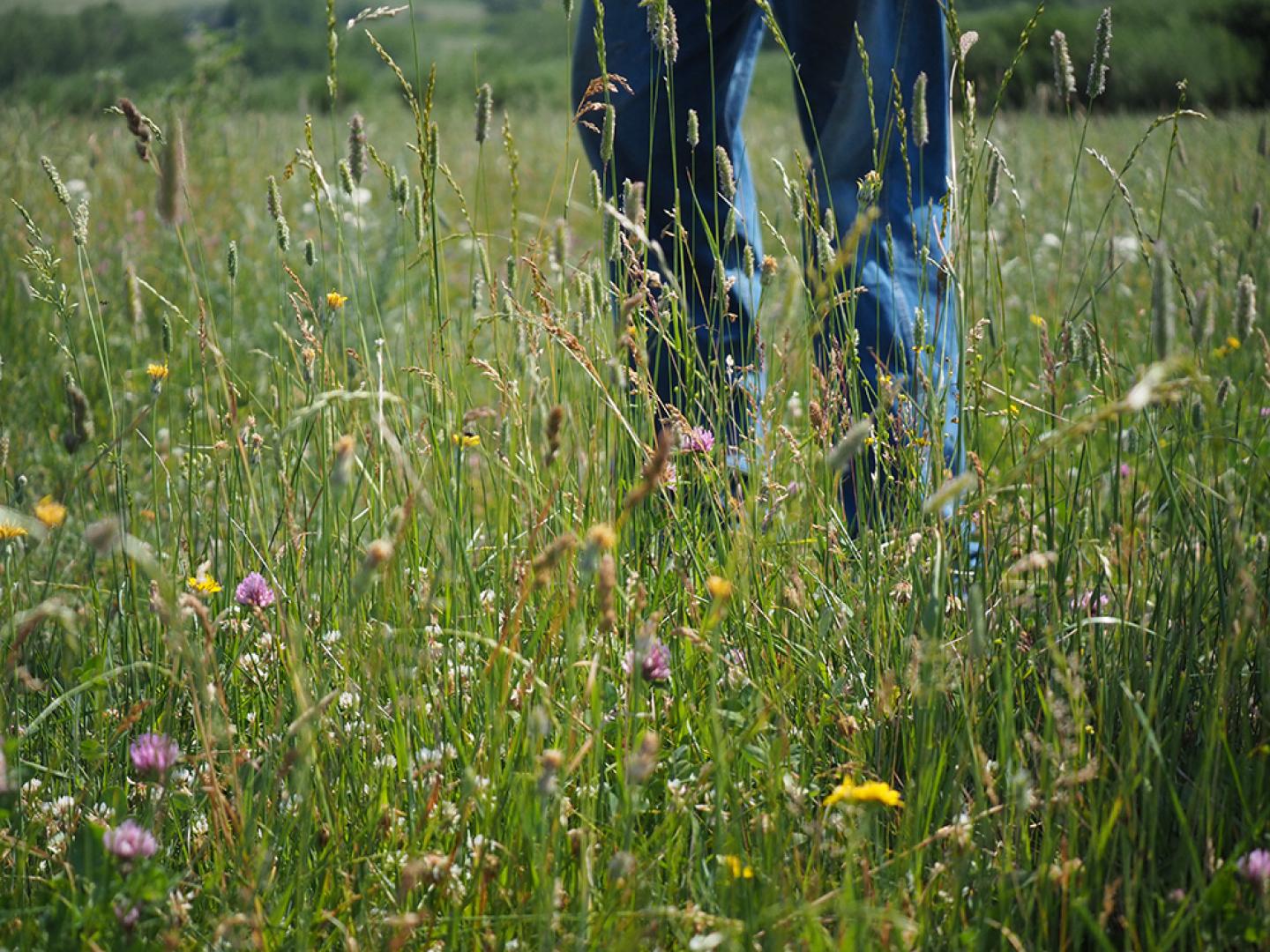
Today, the land is not just a way to survive but a way to thrive. Vaile encourages other producers to further their education and stay open to learning new techniques, emphasizing that with the right approach, the land can be made to produce and provide a better future for the next generation.
“My son is realizing that too now. He’s seen the difference since he was little. He’s 19 now and he’s thinking ‘Okay, yeah, I might be able to make a living at this,’ whereas before it was a struggle. Now he’s wanting to come back and do something,” Vaile says.
The tribe benefits from this as well, as the land becomes more valuable. “If our generation does keep it up, and the next guy actually does get it, he should be able to hopefully come back and say okay what did you guys do to get it to this point?” Vaile says. As he reflects on the future, Vaile knows the work he and Gray are doing is more than just ranching—it’s about protecting and preserving the land and culture. It’s about leaving something better for those who will follow.

